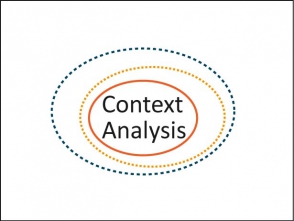As the initial idea is formed into a vision and project requirements, analysis can help explore the potential opportunities of the project. Our integrated approach brings together a range of disciplines to analyse the best way forward holistically.
|
Existing Situation |
An understanding of the history, spatial quality, and functionality of the existing situation is essential before proceeding with the proposed vision. |
| Market Analysis and Trends |
An analysis of the market and trends will help determine the future possibilities of the site. |
| Existing Plans & Regulations |
Waterfront Developments occur within existing planned areas and regulatory jurisdictions, and a clear understanding of all relevant existing plans and regulations ensures a smooth permitting and approvals process, as well as seemless integration into national and regional ambitions. |
| Context Analysis |
A thorough understanding of the context -- local, sub-regional, and regional -- is central to the planning and design of successful places, particularly with regard to ecological and economic issues. |
| SWOT Analysis | A SWOT analysis is a helpful tool to determine the internal and external potential of the project. |
| Examples & Precedents |
Many projects research possible examples and precedents to understand what has been done in similar circumstances elsewhere in the world or in the region. |
| Overall Sketch Design |
To present the analysis, an overall sketch design of the vision can help people visualise the project’s potential. |
| Economic Feasibility |
A quick scan of the economic feasibility of the project is an important step before heavy investment is made. |